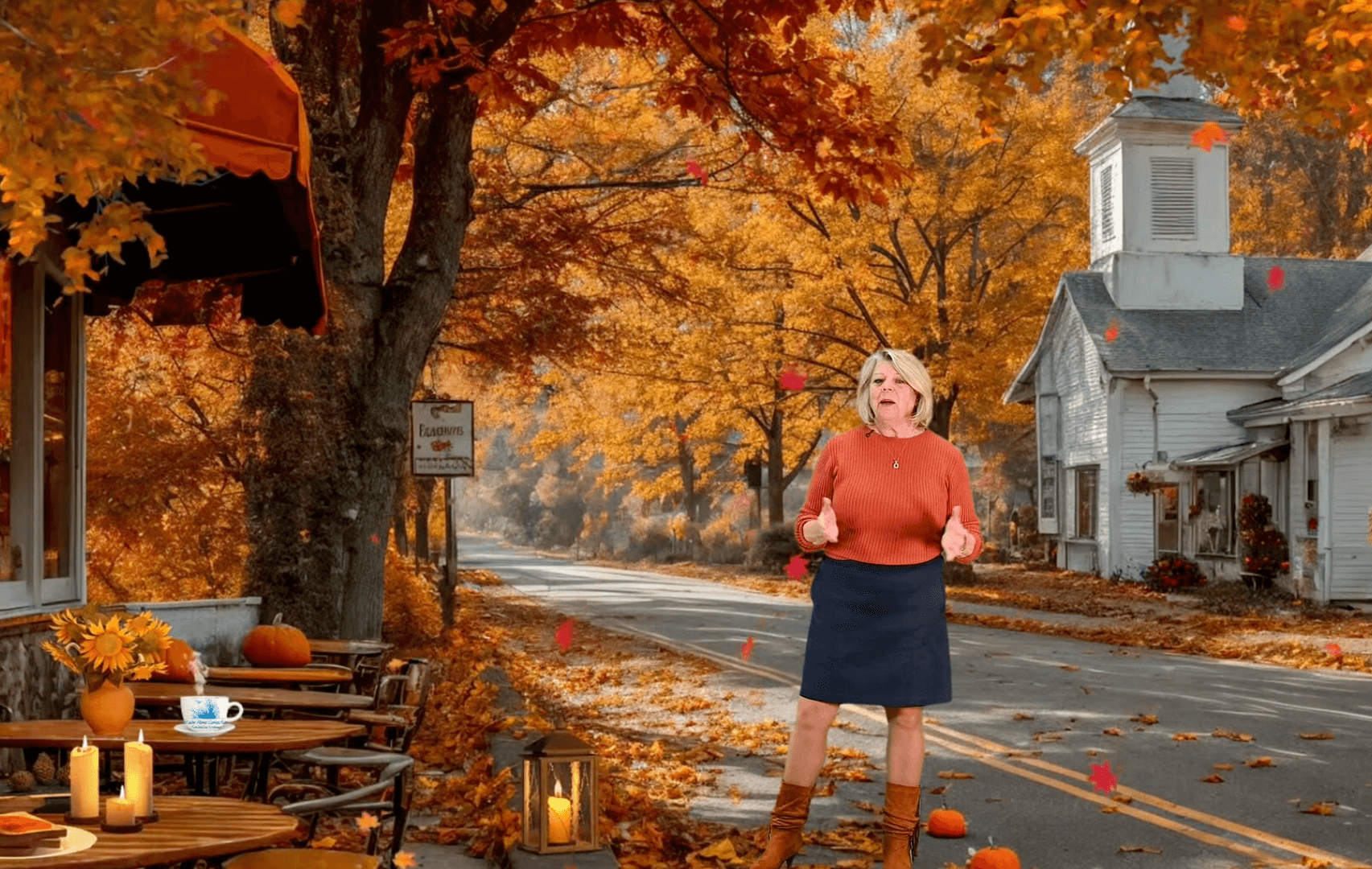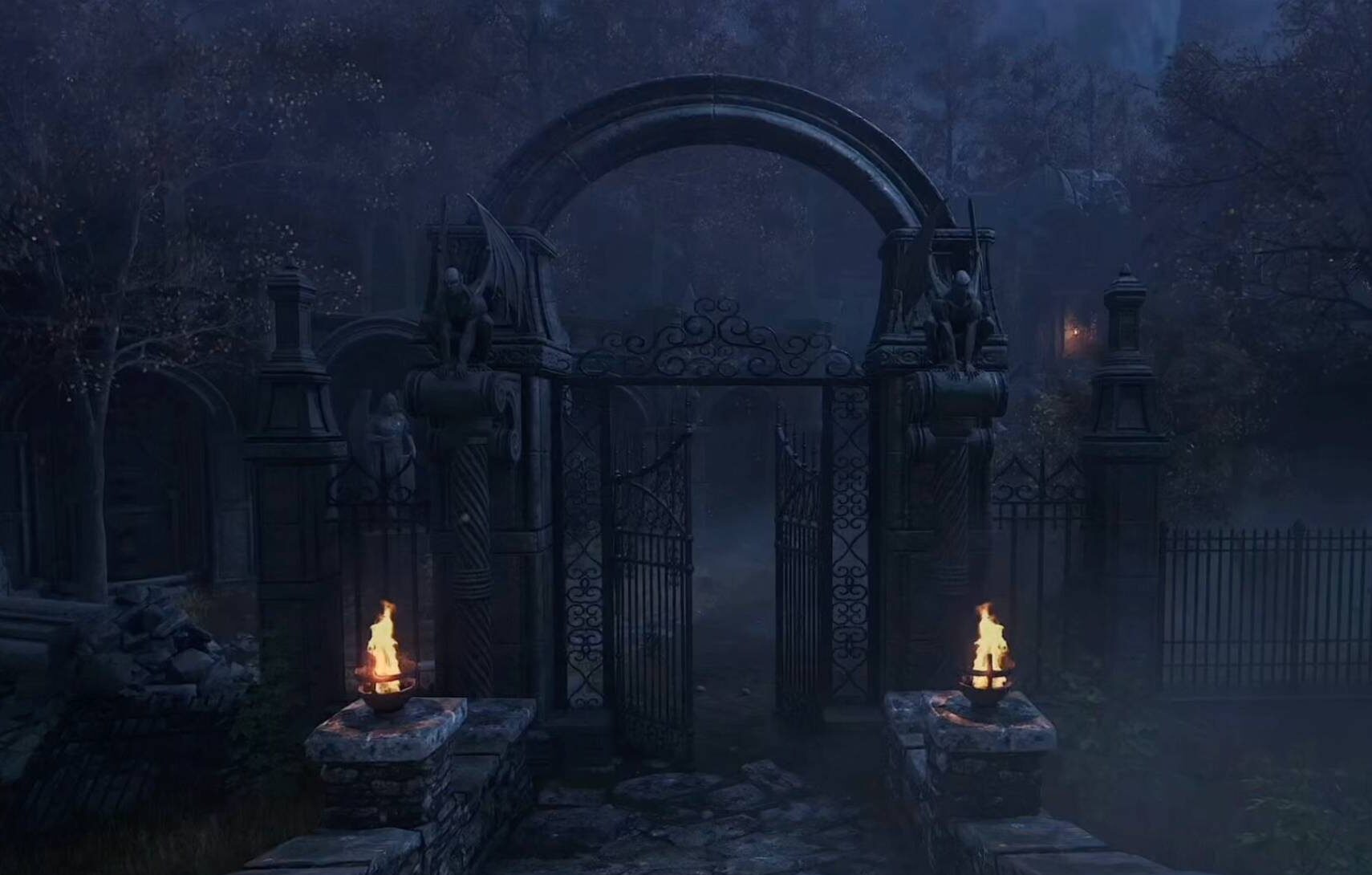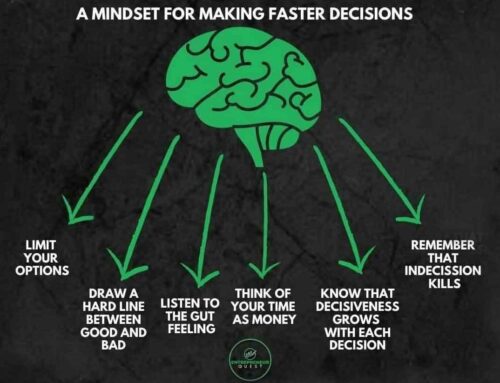Earlier this year the Federal Crisis Inquiry Commission (FCIC) released its report into American economic collapse of 2007-2010. The Commission has often been compared to the Pecora Commission, which investigated the causes of the Great Depression in the 1930s. Analogies have also been made to the 9/11 Commission, which examined the September 11 terrorist attacks.
 For those so inclined, the entire 662 page report, in all its bombastic glory, can be downloaded at: FCIC Report. Although I personally have not read the entire report I am familiar with its findings.
For those so inclined, the entire 662 page report, in all its bombastic glory, can be downloaded at: FCIC Report. Although I personally have not read the entire report I am familiar with its findings.
I was recently considering the “what did we learn” aspect when I came across some comments from economist Robert Shiller (Case-Shiller Home Price Index) who remarked that he would not be surprised if there was another 10% to 25% plunge in home prices. The feared “double dip”
At the S&P Housing Summit in New York in June, Shiller reiterated his fears of declining home prices. He was careful, however, to stress that this was not a “forecast” but rather commentary based on his understanding of housing market trends.
As these comments illustrate, history has a funny way of revealing itself after the fact. As the summary of the FCIC report below illustrates, the reason there is no clear culprit in the economic collapse might be because the book is not fully written. Some conclusions from the report (some of which are pretty self-evident):
1. Financial institutions acted recklessly and depended too heavily on short term loans. Compensation systems, designed in an environment of cheap money, intense competition, and light regulation, too often rewarded the quick deal without proper consideration of long-term consequences.
2. In the years leading up to the crisis, American households and institutions borrowed too much and saved too little.
3. Key government agencies, the Treasury Department, the Federal Reserve Board, and the Federal Reserve Bank of New York were behind the curve.
4. Many borrowers lied about being able to pay mortgages. Lenders made loans they knew borrowers couldn’t afford. Several prominent banks where identified.
5. Irresponsible lending was prevalent and there were warnings, but “the Federal Reserve neglected its mission,” and mortgage lenders passed the risk along.
6. Speculating on devices like collateralized debt obligations fanned the flames, with everyone from farmers to corporations to investors betting on prices and loan defaults. When the housing bubble popped, these were at the center of the fallout.
7. This crisis could not have happened without the rating agencies. Their ratings helped the market soar and their down- grades through 2007 and 2008 wreaked havoc across markets and firms.
In the end the FCIC had about the same chance of satisfying the public as the Warren Commission did of closing the debate on the Kennedy assassination. As of today we are still picking up the broken pieces, so finding the final direction to point the guilty finger can be difficult. Perhaps in another ten years we’ll have a broader perspective.
Moving to Maine?









